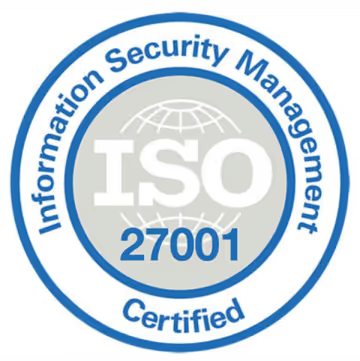Burnout is by no means a new concept in the workplace. In May of 2019, the World Health Organization released a statement classifying burnout as “an occupational phenomenon,” and defined it as, “a syndrome conceptualized as resulting from chronic workplace stress that has not been successfully managed.” Perhaps the most salient part of that definition is, “successfully managed,” as it suggests that the stress associated with burnout is not solely the responsibility of the individual but rather that of the workplace itself. So often in discussions about burnout, we hear strategies for how to remedy its symptoms (feelings of exhaustion, negativism, and reduced professional efficacy) that imply that the employee is on their own when it comes to navigating toxic workplace experiences.
As the workplace evolved throughout COVID-19, Forbes put out an article in October of 2020 entitled, “How To Deal With Covid-19 Burnout At Work,” by Nancy Collamer providing helpful tips for dealing with stress at work through the pandemic. The advice ranged from acknowledging the problem to looking into employee benefits to asking for flexibility and ended with, “If all goes well, your manager might be open to a more permanent flexible arrangement.” While flexibility in this context is in direct response to work schedule through a pandemic, what this ask ignores is the inherent inflexibility that results in such a request in the first place. That is, navigating stressors at work should be the responsibility of the company or organization as a whole, not of the individual, if the company wants to retain and foster a robust and healthy workforce.
Psychotherapist Rebecca Waite, owner of the US-based practice This Space Between says, “companies need to start recognizing their role in the physical and emotional deterioration of the workforce and make changes to better support their employees.” Even pre-pandemic, the effects of burnout were alarming, with workplace stress resulting in nearly 120,000 deaths each year in the US alone and billions of dollars in healthcare spending. Coupled with the added stress of the pandemic and the rampant racism and xenophobia brought to the forefront of media around the globe, addressing burnout is one of the most important first steps companies and organizations can take to ensure the health and fecundity of their employees.

What should companies do?

So, how does a company begin to implement changes that empower its employees and enrich the workplace environment? Asking your employees how they’re doing, what their needs are, and continuing to invest in employee feedback while also making real changes based on their advice is key. In a Harvard Business Review article, “Burnout Is About Your Workplace, Not Your People,” Jennifer Moss suggests narrowing your efforts by starting with a specific department or team and asking, “If we had this much budget and could spend it on X many items in our department, what would be the first priority?” This feedback can be invaluable when it comes to making operational changes and can allow you to center employee needs while also improving their efficacy. Remember, with a smaller focus group the needs of the day-to-day may vary across departments and it’s important to distinguish small-scale and large-scale needs using employee feedback. What works for one team may not work for another, so conduct your research accordingly.
Further, beyond offering opportunities for employees to voice feedback on workplace functionality, consider incorporating mindfulness resources into benefits packages. Waite notes that with the practice of mindfulness, she often sees within her clients, “a reduction in anxiety, negative self-talk, [and] feelings of hopelessness.” Offering access to mindfulness apps like Meditopia, carving out space for meditation, yoga, or general reflection within the workday can have a powerful impact on employee well-being. That said, mindfulness exercises, just like employee check-ins, have to evolve with the needs of the employees. These activities should be reflected upon, updated, and meaningfully incorporated into the work schedule in order for them to have a real, authentic impact over time. This kind of reflection might also reveal powerful changes that need to be made organizationally as well. For example, if employees report that they’re having difficulty focusing on their meditation or mindful activity of their choosing, digging into the “why” behind that lack of focus might reveal that work tasks have felt overwhelming and responsibilities need to be redefined or clarified.
If you need help on how to deliver bad news to your employees and reduce burnout, please check our blog on the matter.
Ask Yourself

What do I need as an employee in this organization? How do I begin to address that need as a leader? How can we implement change as an organization? How can we maintain this practice of self and organizational reflection over time? Addressing burnout is neither a formula nor a destination, but is rather an evolutionary practice that can revolutionize the workplace. After all, we are people, not products, and we contain multitudes.























